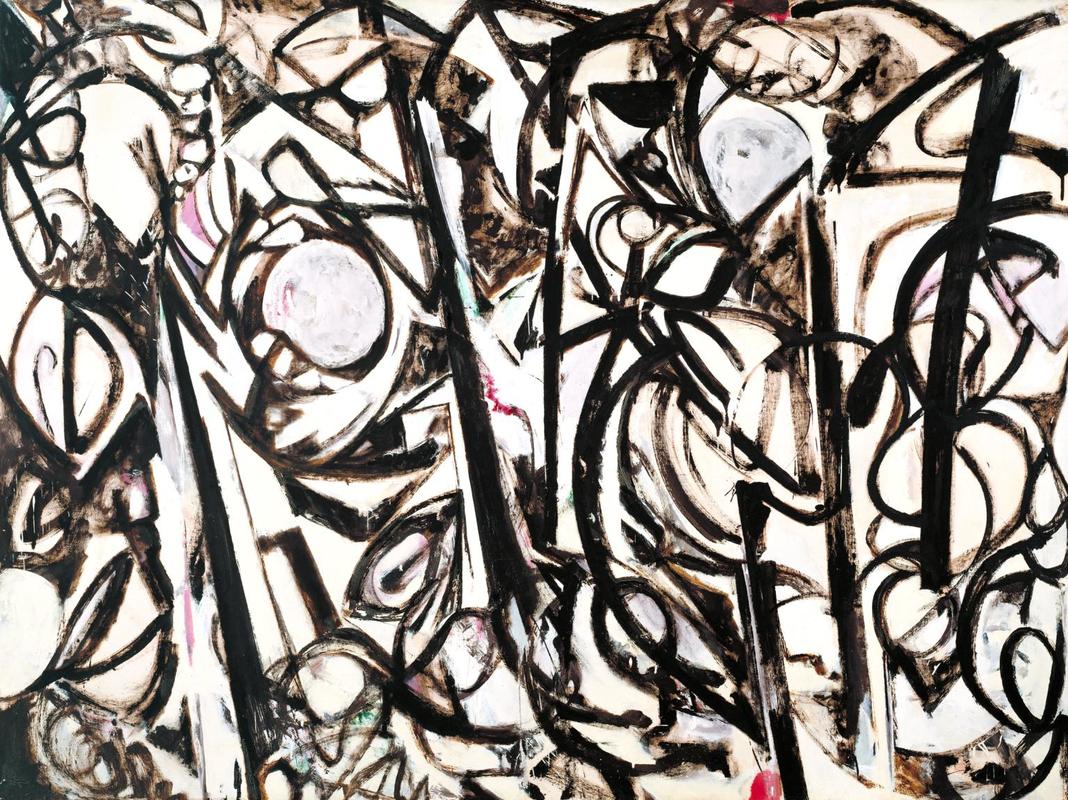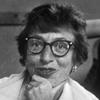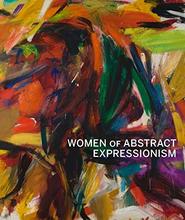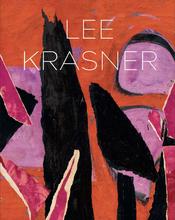More about Gothic Landscape
- All
- Info
- Shop

Sr. Contributor
Lee Krasner's Gothic Landscape is an elegy to Jackson Pollock.
Lee Krasner and Jackson Pollock had a tempestuous relationship, partially due to Pollock’s alcoholism and womanizing ways. They were married in 1945, and moved away from New York City to Springs, a town near East Hampton on Long Island, in hopes that it would help to quell his drinking problem. They borrowed $2,000 from art patron and socialite Peggy Guggenheim to buy a farmhouse, clamming, biking, and painting away the days. During this time Krasner created her "Little Images" series, dense compositions resembling unreadable hieroglyphics with paint applied thickly from the tube, which was comparable to Pollock’s later 'allover' paintings.
But their marriage grew sour as Pollock’s problems returned. Krasner’s career, however, was on the rise and in 1955 she received a solo exhibition which was well-received by the New York art scene, with art critic Clement Greenberg calling it one of the most important shows of the decade. In 1956, Krasner was traveling alone in Europe when Pollock died in a car crash while driving under the influence, with his mistress, Ruth Kligman, who survived the crash.
Krasner was overcome with grief, so she painted it. She often described her work as autobiographical and rejected the idea of the artist’s brand, or a signature style or image that defined the artist. Her style was constantly evolving and she only worked when she was inspired, leading to periods of intense prolificness followed by periods of inactivity. During the period after she was widowed, she adopted elements of Pollock’s style in her work and worked from their barn studio. The paintings created during this period are known as her 'Green Earth' series, and deal with her emotions of anger, guilt, pain, and loss in regards to her relationship with Pollock. In Gothic Landscape, one of the paintings in the series, Krasner is confronting her grief. Though abstract, the title is derived from the thick vertical lines in the center resembling trees. Following Pollock’s approach, she applied the paint directly from the tube in violent gestural brushstrokes.
Krasner’s art also reflected the complicated duality of her identity. She was born to orthodox Jews as Lena Krassner, but changed her name to Lenore, and later Lee, Krasner to sound more American. She was raised practicing orthodox Judaism, but in her teenage years grew critical of what she perceived as misogyny in the religion. As an adult, she continued to identify as a Jew, but did not practice the religion, and married Pollock in a church. Her artistic work also had a dual nature. Trained by George Brigman and Hans Hofmann, her earlier works were more formal compared to Pollock’s intuitive approach. Their styles cross-pollinated, and Krasner’s later work was less structured. As a key transitional figure in the Abstract Expressionism, the changes within her style document the new ideas within the movement.
Though Krasner was a central figure in art history, she was, and is still, often remembered only as Mrs. Pollock. Gothic Landscape, held by the Tate, is the only Krasner in a public collection in the whole of the UK. However, recent scholarship has brought renewed interest in her work, which was previously overshadowed by her male counterparts. After her death, her works were rarely shown, until 2019 when the Barbican exhibited over 100 pieces, many of them on view for the first time to the British public.
Sources
- Bedworth, Candy. “Lee Krasner and the Art of Starting Over.” Daily Art Magazine. June 11, 2019. https://www.dailyartmagazine.com/lee-krasner-and-the-art-of-starting-ov….
- Cooke, Rachel. “Reframing Lee Krasner, the artist formerly known as Mrs. Pollock.” The Guardian. May 12, 2019. https://www.theguardian.com/artanddesign/2019/may/12/lee-krasner-artist….
- Gabriel, Mary. “How Lee Krasner Made Jackson Pollock A Star.” Literary Hub. October 2, 2018. https://lithub.com/how-lee-krasner-made-jackson-pollock-a-star/.
- “Gothic Landscape.” Tate. August 2019. https://www.tate.org.uk/art/artworks/krasner-gothic-landscape-t03291.
- Harris, Gareth. “Misogyny and making art in the shadow of Jackson Pollock–how Lee Krasner was shut out of art history.” The Art Newspaper. https://www.theartnewspaper.com/feature/how-lee-krasner-was-shut-out-of….
- Lesso, Rosie. “Lee Krasner: Pioneer of Abstract Expressionism.” The Collector. January 7, 2020. https://www.thecollector.com/lee-krasner-pioneer-of-abstract-expression…
- Pfeiffer, Prudence. “Lee Krasner.” MoMA. https://www.moma.org/artists/3240.
- Sayej, Nadja. “A New Exhibit Reveals Why Lee Krasner Was Not Your Average 1950s Artist.” Forbes. July 15, 2020. https://www.forbes.com/sites/nadjasayej/2020/07/15/lee-krasner-was-not-….














On first glance, I really did not like this painting. It gives off a very mysterious and un-knowing feel. I do appreciate the shapes formed by some of the lines. The painting really draws the eye all over the place in the work. I am currently trying to decide if the figures have a deeper meaning or symbolize anything in particular. I am fascinated with line, so I have to give the artist credit for his use of line in the painting. Overall, this is still not a painting I like because of its sad, dark, colors and the craziness.